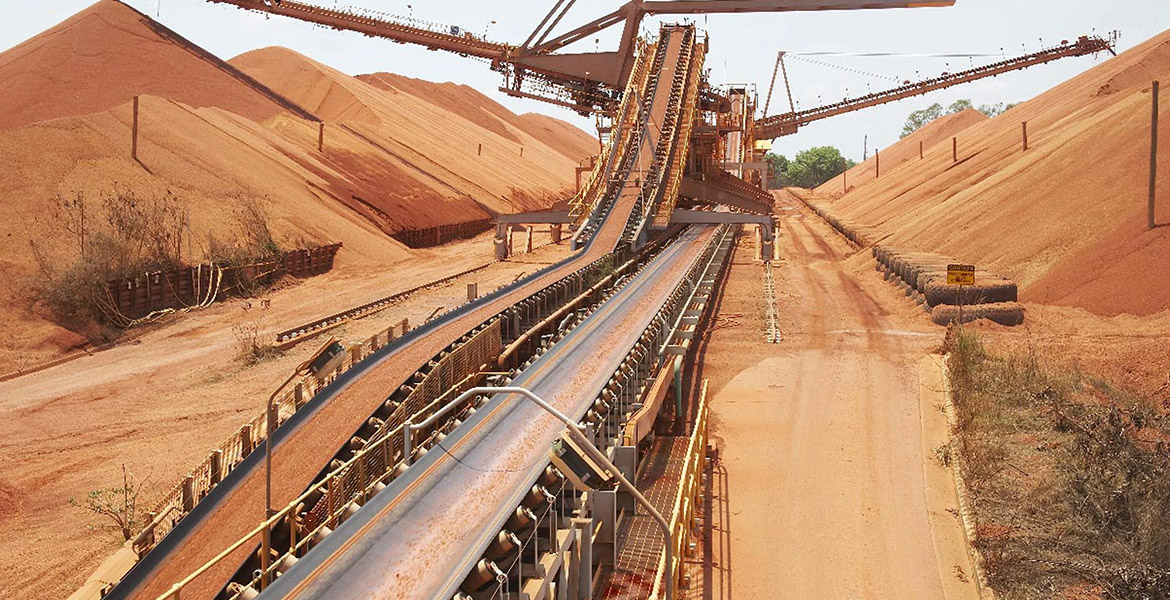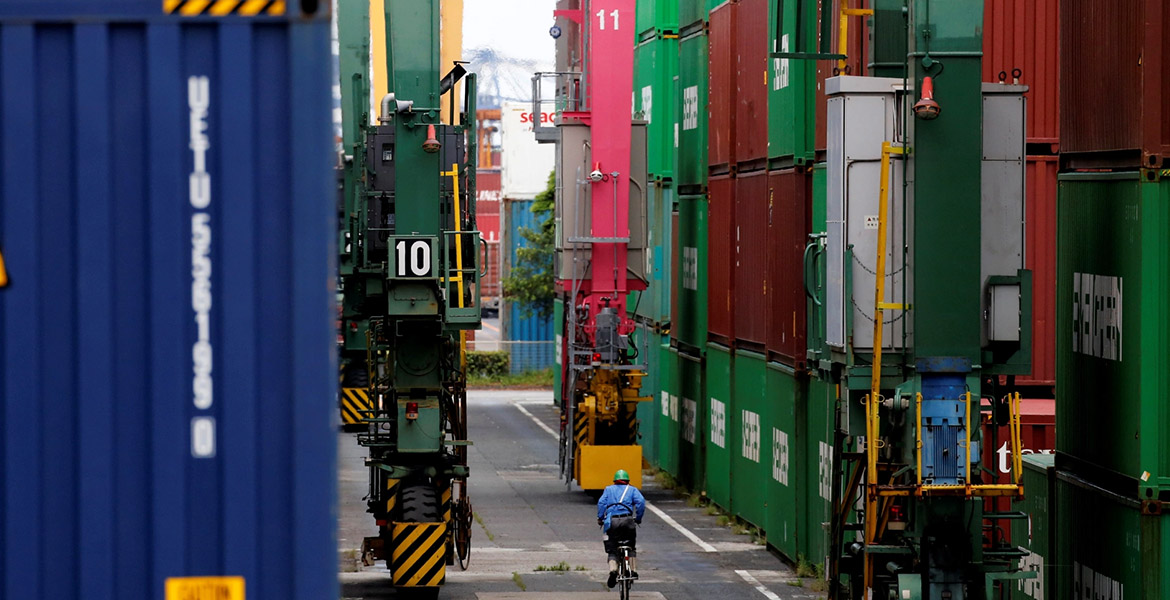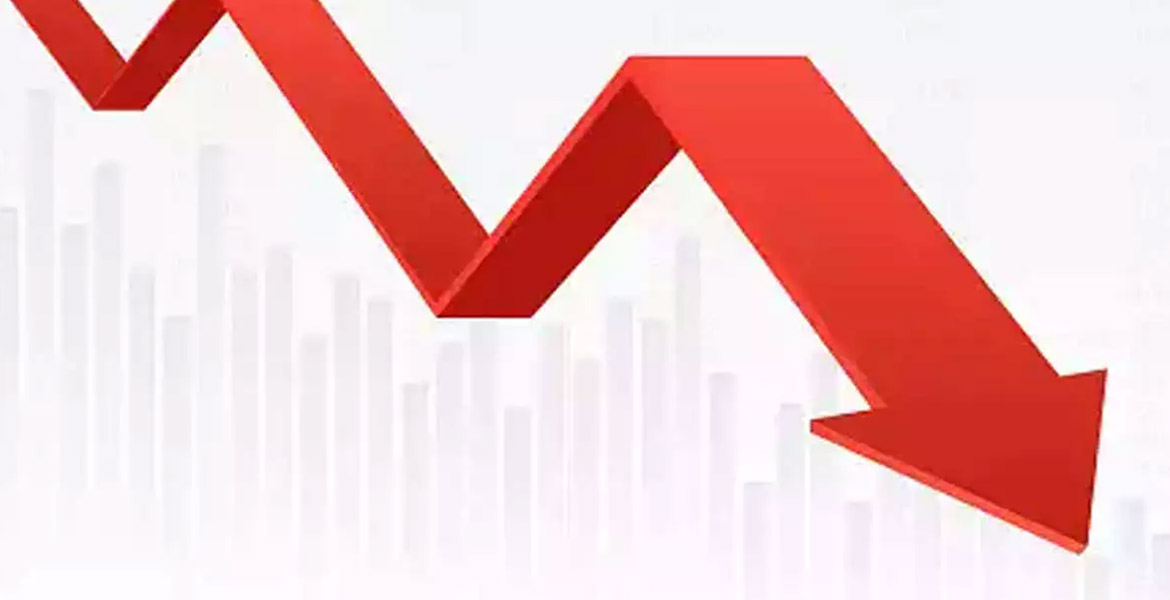The demand for aluminium has cooled due to an economic slowdown in the US and Europe.
The increase in global aluminium output occurred at the same time as concerns about reduced demand for the metal due to economic instability. Europe's industrial economy suffered greatly due to the geopolitical-induced energy crisis, while fears of a recession were raised in the US due to inflation and rising interest rates.
Moreover, currency fluctuations have impacted aluminium prices. The Federal Reserve's aggressive escalation of interest rates to combat inflation has increased the value of the US dollar relative to other currencies. This has affected the price of aluminium for holders of other currencies because metals are traded in US dollars on international markets.
The challenging economic circumstances that arose in 2022 have continued into 2023, and this has contributed to a gloomy outlook for aluminium. Due to an expected monthly increase in stocks at the London Metal Exchange and the possibility of additional interest rate hikes in the US to curb inflation, a 3-5% overall decrease in aluminium prices is anticipated in March.
In February, the demand for aluminium from downstream manufacturing activities slowed down. Recently, the unpredictability of the American financial system, brought on by Silicon Valley Bank (SVB), may have led investors to become more conservative and start disbanding their positions in commodities, particularly base metals, causing prices to plummet.
Overall, the global economic slowdown, currency fluctuations, and investor sentiment have all contributed to a decrease in demand for aluminium. As the economic situation continues to be uncertain, it remains to be seen whether the industry will rebound or if prices will continue to decline.




